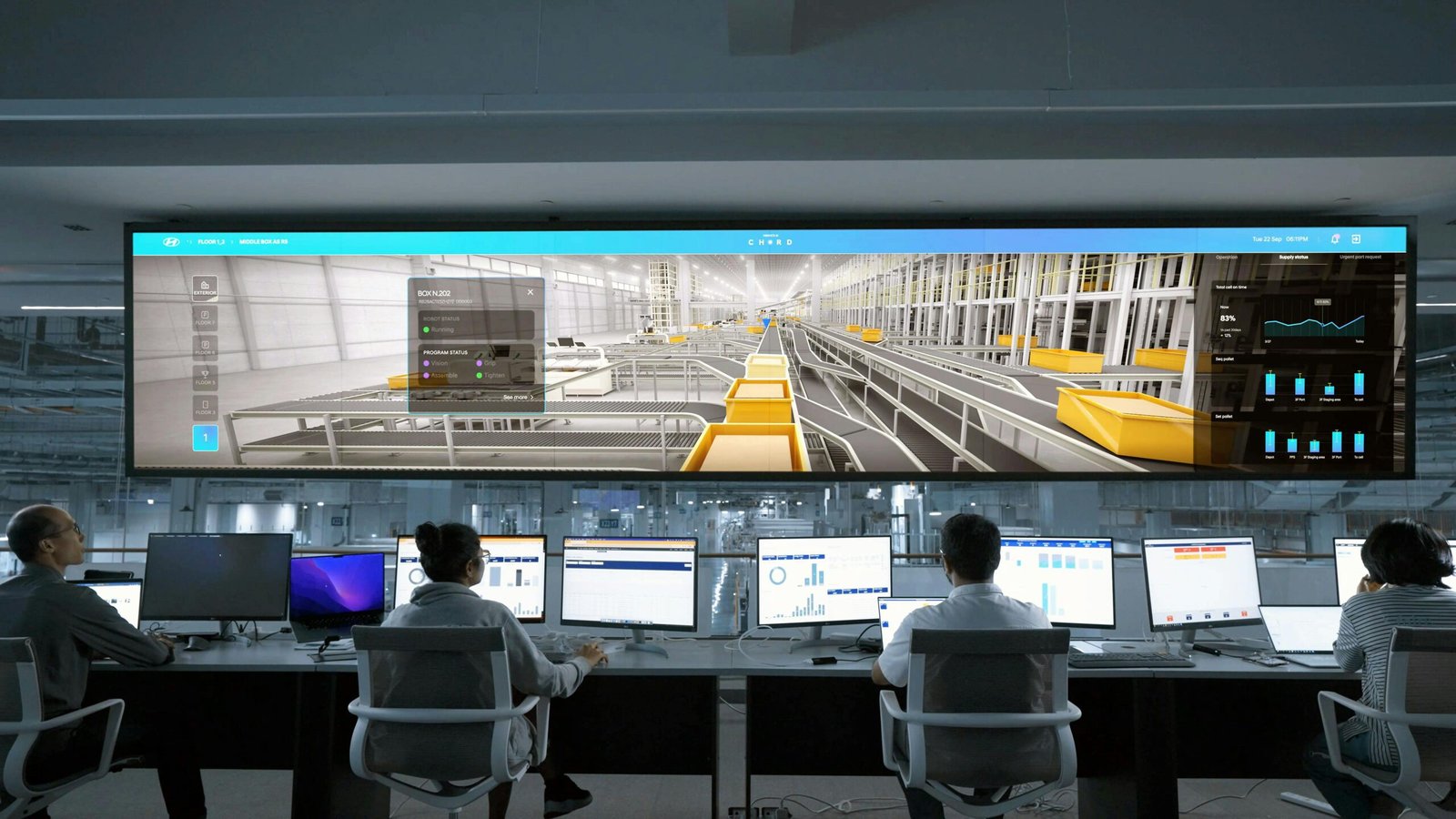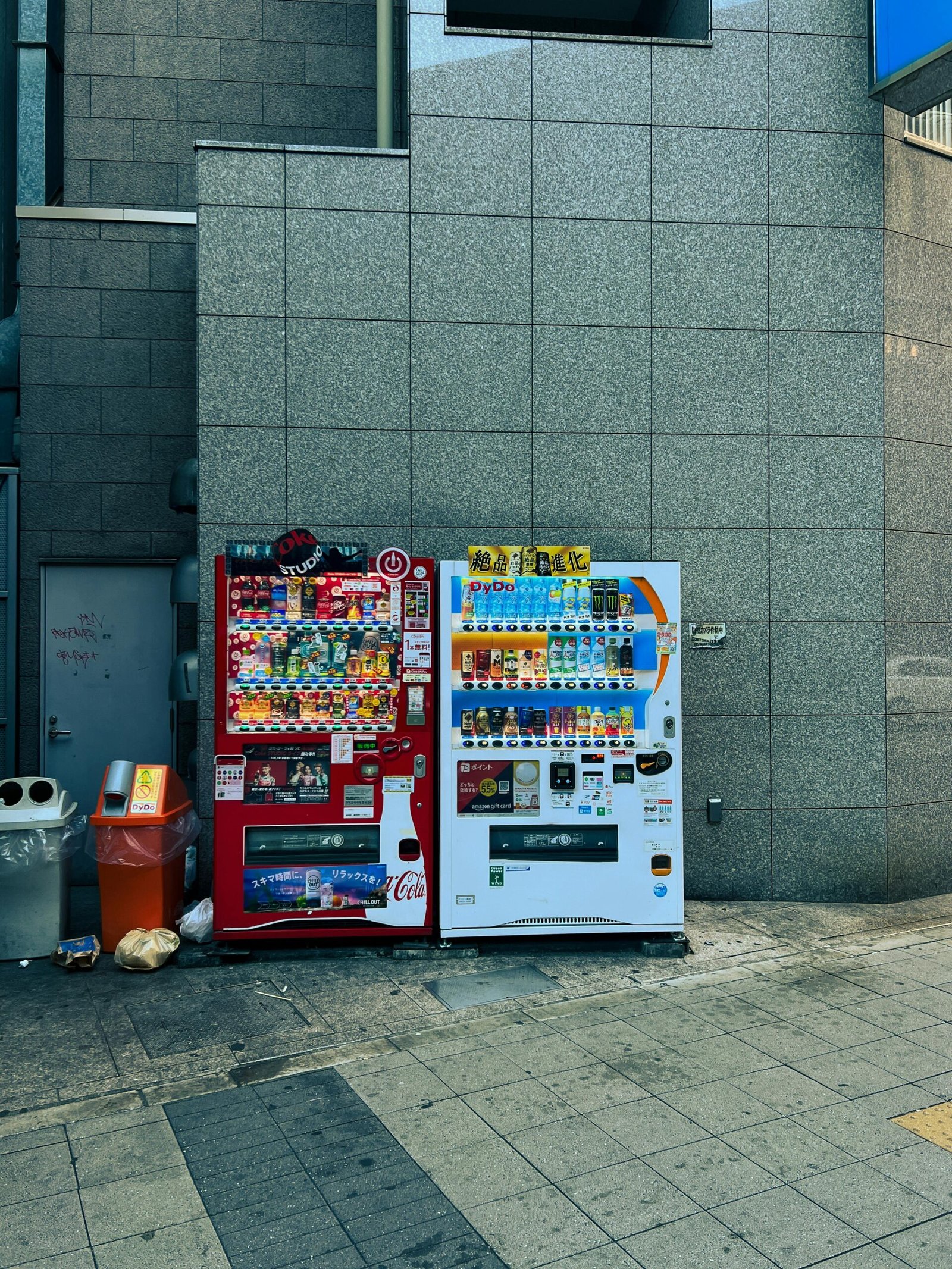Have you ever wondered about the feasibility of keeping tarantulas in enclosures with automated feeding systems? It might seem like a futuristic concept, but as technology advances and more pet enthusiasts seek convenient solutions, this question has become increasingly relevant. Whether you’re a seasoned tarantula keeper or someone curious about the possibilities, understanding the dynamics between tarantulas and automated systems is crucial. Let’s delve into this fascinating topic and see how technology might enhance your tarantula-keeping experience.
Understanding Tarantula Needs
Before considering any automated feeding systems, it’s essential to understand the basic needs of tarantulas. These fascinating arachnids are more than just hairy spiders; they have specific care requirements that any responsible owner should meet.
Diet and Eating Habits
Tarantulas are predatory creatures that primarily feed on insects and other small animals. Depending on the species, their diet may include crickets, mealworms, roaches, or even small rodents. They are not frequent eaters, often consuming meals every few days or even weeks.
Habitat and Enclosure
A tarantula’s enclosure should mimic its natural habitat as closely as possible. This involves maintaining suitable temperature, humidity, and providing enough space for them to move around and hide. Enclosure design significantly impacts their comfort and well-being.
Behavior and Temperament
Tarantulas are generally solitary creatures. They can exhibit varied behavior based on their mood, health, and environmental conditions. It’s vital to monitor their behavior to ensure they’re adapting well to their surroundings.
Understanding these aspects is key to determining whether an automated system would be suitable for your tarantula.
The Concept of Automated Feeding Systems
Imagine a world where tarantulas can be fed without manual intervention! Automated feeding systems are designed to do just that by scheduling and delivering food to the enclosure at specified intervals.
How Automated Systems Work
These systems operate through programmable timers and mechanisms that release food into the enclosure. The design could range from simple dispensers that drop live insects to more advanced systems that can sense the presence of food and make adjustments accordingly.
Advantages of Automation
- Consistency: Ensures regular feeding without human error.
- Convenience: Reduces daily maintenance for tarantula keepers with busy schedules.
- Monitoring: Some systems offer features to monitor food consumption, helping track the tarantula’s feeding habits.
Challenges to Overcome
Despite the benefits, there are challenges. Automation may not account for variations in appetite based on individual tarantula needs or their natural instinct to hunt, which could affect their health and behavior.

Can Tarantulas Adapt to Automated Systems?
The primary concern when integrating technology with nature is adaptability. Can tarantulas, with their instinct-driven behaviors, adjust to an automated feeding environment? Let’s explore this intricacy.
Hunting Instincts
Tarantulas are natural hunters, and much of their feeding behavior is based on detecting movement and employing stealth. Automated systems may reduce their ability to engage with this instinct, which can be a drawback.
Variability in Feeding
Tarantulas do not eat on a strict schedule. They might refuse food offered at intervals the automated feeder might not accommodate, leading to wasted food or overfeeding.
Stress and Behavioral Impact
Changes in feeding dynamics might induce stress in some tarantulas, affecting their health and lifespan. Understanding the behavior of your particular tarantula species is crucial.
Key Considerations for Setting Up an Automated System
If you’re considering this modern approach, there are several factors to consider to ensure the system is effective and safe.
Compatibility with Tarantula Diet
The feeder system should be able to store and dispense the type of food your tarantula consumes. Some feeders might struggle with larger prey like crickets or roaches.
Ensuring Safety
Automated systems should not introduce hazards into the enclosure. Loose parts or electronics could harm tarantulas if not appropriately managed.
Monitoring and Adjustments
Regular checks are necessary to ensure the system is functioning correctly and meeting the tarantula’s dietary needs. You may need to adjust settings based on seasonal changes or the tarantula’s lifecycle stage, such as during molt.

Pros and Cons of Automated Feeding Systems
Every innovation comes with its list of benefits and drawbacks. Here’s a more organized overview so you can weigh your options.
| Pros of Automated Feeding | Cons of Automated Feeding |
|---|---|
| Consistent feeding schedule | May not accommodate variable tarantula appetite |
| Convenience for the keeper | Potential stress to the tarantula |
| Efficient monitoring | Risk of mechanical failure |
| Reduced human intervention | May ignore tarantula’s natural hunting instincts |
As you can see, while these systems offer significant advantages, they demand careful consideration of the cons.
Best Practices for Integrating Automated Systems
If you decide that automation is suitable for your tarantula, there are ways to ease the transition and ensure both your pet’s wellness and your satisfaction.
Start with Gradual Introduction
Introduce the system slowly alongside manual feeding to observe how your tarantula responds. Monitor any changes in behavior or health during this period.
Regular Maintenance
Systems, especially those involving electronic components, require routine checks to avoid malfunctions. Keeping the device clean and operational is vital.
Balancing Automation with Manual Practices
Occasional manual feeding might maintain the tarantula’s hunting instinct. You can take this opportunity to offer different types of prey, ensuring a balanced diet.

Conclusion
Exploring the idea of keeping tarantulas in enclosures with automated feeding systems opens a new realm of possibilities for modern pet care. While the convenience and technological advances are appealing, one must carefully consider the unique needs of tarantulas. These systems, like any tool, require thoughtful integration and attention to detail to harmoniously blend with the natural instincts and biological rhythms of these incredible creatures. Whether or not you choose to adopt automated feeding systems, understanding your tarantula’s needs and observing its behavior will always remain at the heart of responsible and rewarding pet ownership.